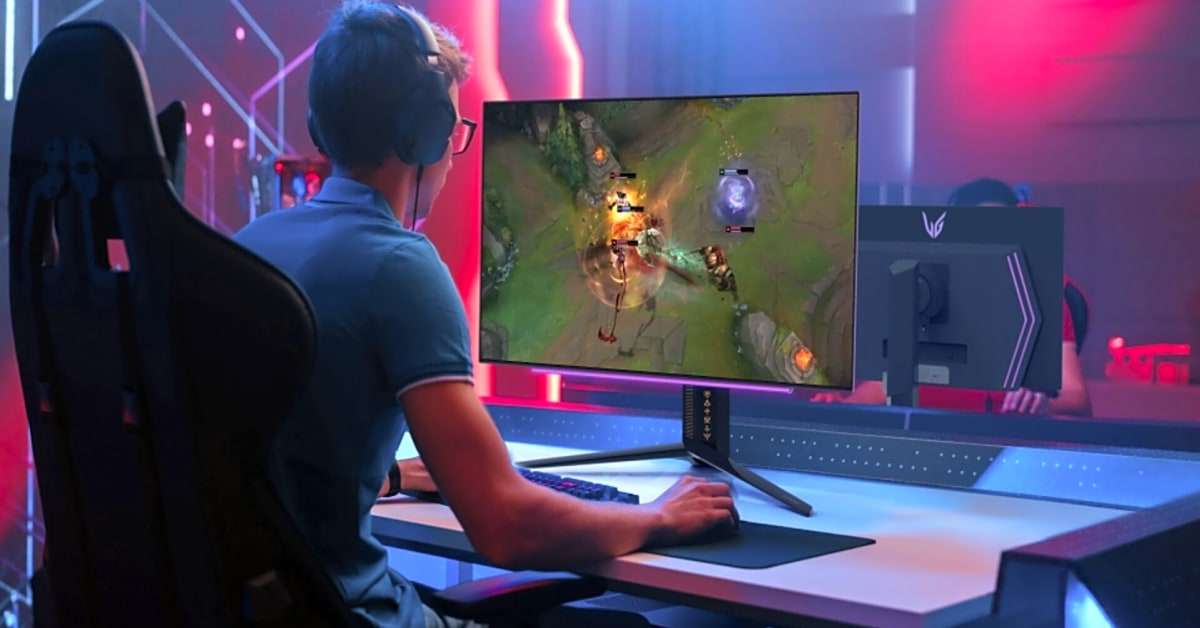Welcome to the world of FPS gaming, where every move counts and every second can make a difference between victory and defeat. As a gamer, you know the importance of having the right gear and technology to enhance your gameplay. And when it comes to monitors, there are two key factors that can greatly impact your performance: refresh rates and response times. In this article, we will dive into the details of these two crucial elements and how understanding them can elevate your FPS game strategy. So buckle up and get ready to level up your gaming experience!
With the rise of competitive gaming and multiplayer FPS games, having an edge over your opponents has become crucial. One way to improve your skills is by understanding and optimizing your monitor’s refresh rates and response times. In this article, we will cover everything you need to know about these two important aspects of FPS gaming.
First, let’s define what refresh rate and response time mean in the context of monitors. Refresh rate refers to how many times the monitor updates its display per second, measured in Hertz (Hz). On the other hand, response time is the speed at which a monitor’s pixels change from one color to another, measured in milliseconds (ms). These two factors play a significant role in how smooth and responsive your gameplay is, making them essential for FPS gamers.
Having a high refresh rate means that your monitor can display more frames per second, resulting in a smoother and more fluid gameplay experience. This is especially important for fast-paced games like FPS, where every millisecond counts. A higher refresh rate also reduces motion blur and screen tearing, making it easier for you to track and react to fast-moving objects on the screen.
Response time, on the other hand, affects how quickly your monitor can change from one frame to the next. A lower response time means that the pixels can change colors faster, resulting in less ghosting and blurring on the screen. This is crucial for FPS games where you need precise and accurate visuals to spot enemies and make split-second decisions.
So, what is the ideal refresh rate and response time for FPS gaming? It ultimately depends on your personal preferences and budget. The most common refresh rates for gaming monitors are 60Hz, 144Hz, and 240Hz. While a 60Hz monitor is the standard for most non-gaming purposes, it may not be enough for competitive FPS gaming. A 144Hz monitor is considered the sweet spot for most gamers, providing a good balance between smoothness and affordability. However, if you want the best of the best, a 240Hz monitor will give you the highest refresh rate currently available on the market.
As for response time, most gaming monitors have a range of 1ms to 5ms. The lower the number, the better, but keep in mind that anything below 5ms is already excellent for gaming. You may also want to consider the type of panel your monitor has, as different panel types (TN, VA, and IPS) have different response times.
In conclusion, understanding and optimizing your monitor’s refresh rates and response times can give you an edge in FPS gaming. It’s essential to choose a monitor with a high refresh rate and low response time for a smooth and responsive gameplay experience. Don’t hesitate to invest in a good gaming monitor to elevate your FPS game strategy.
The Importance of Monitor Refresh Rates
When it comes to FPS gaming, having a high refresh rate can make a noticeable difference in your gameplay. This is because a higher refresh rate means more frames are displayed per second, resulting in smoother motion and less motion blur.
Understanding Response Times
Response times are equally important as they determine how quickly your monitor can keep up with fast-paced movements in the game. A lower response time means less ghosting or blurring of images, giving you a more accurate representation of what is happening on screen.
In conclusion, monitor refresh rates and response times are crucial factors for FPS gamers looking to improve their skills. By understanding the role they play and optimizing them, you can have a smoother and more responsive gaming experience. So the next time you’re in the market for a new monitor, make sure to pay attention to these specifications.


